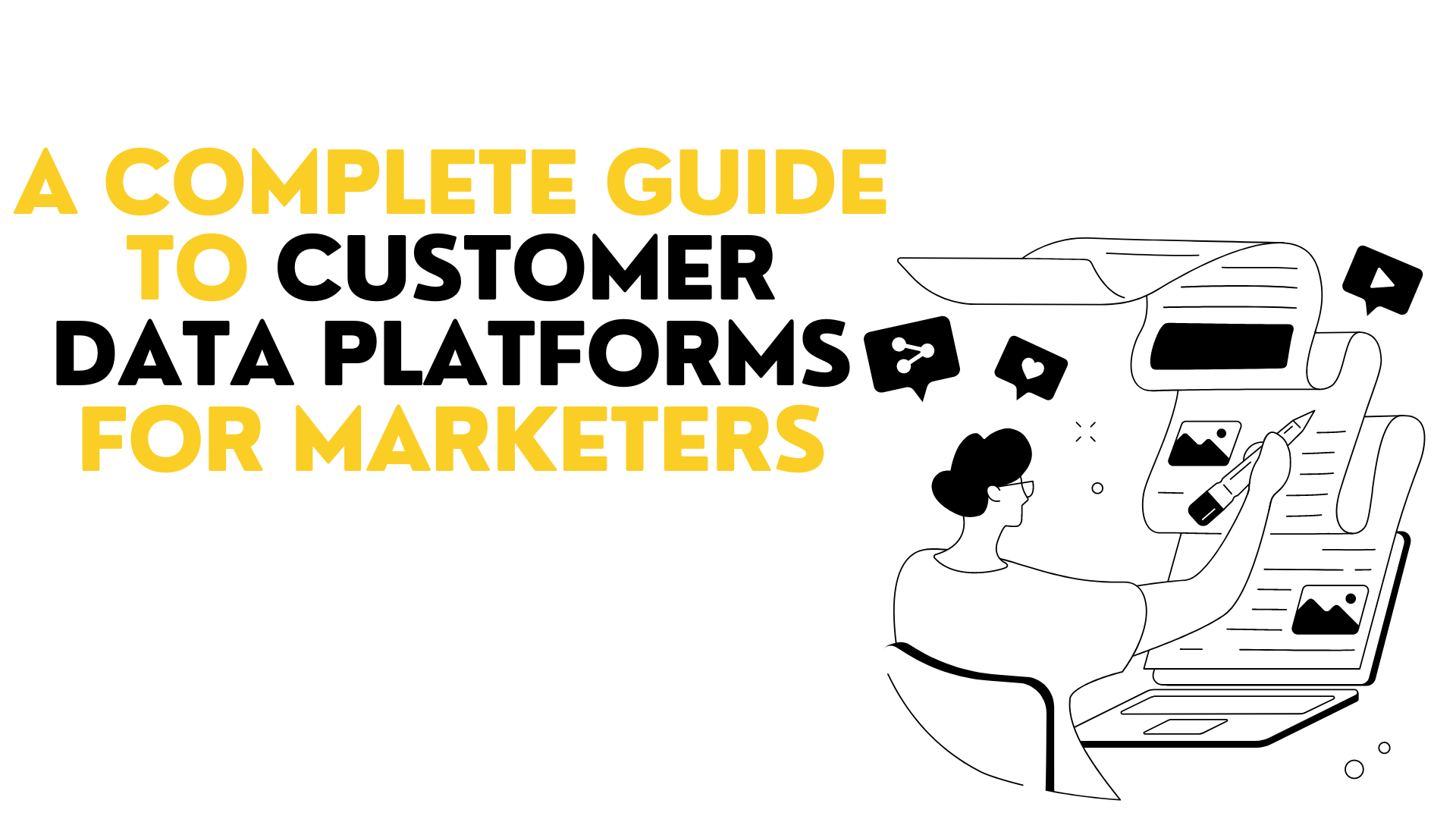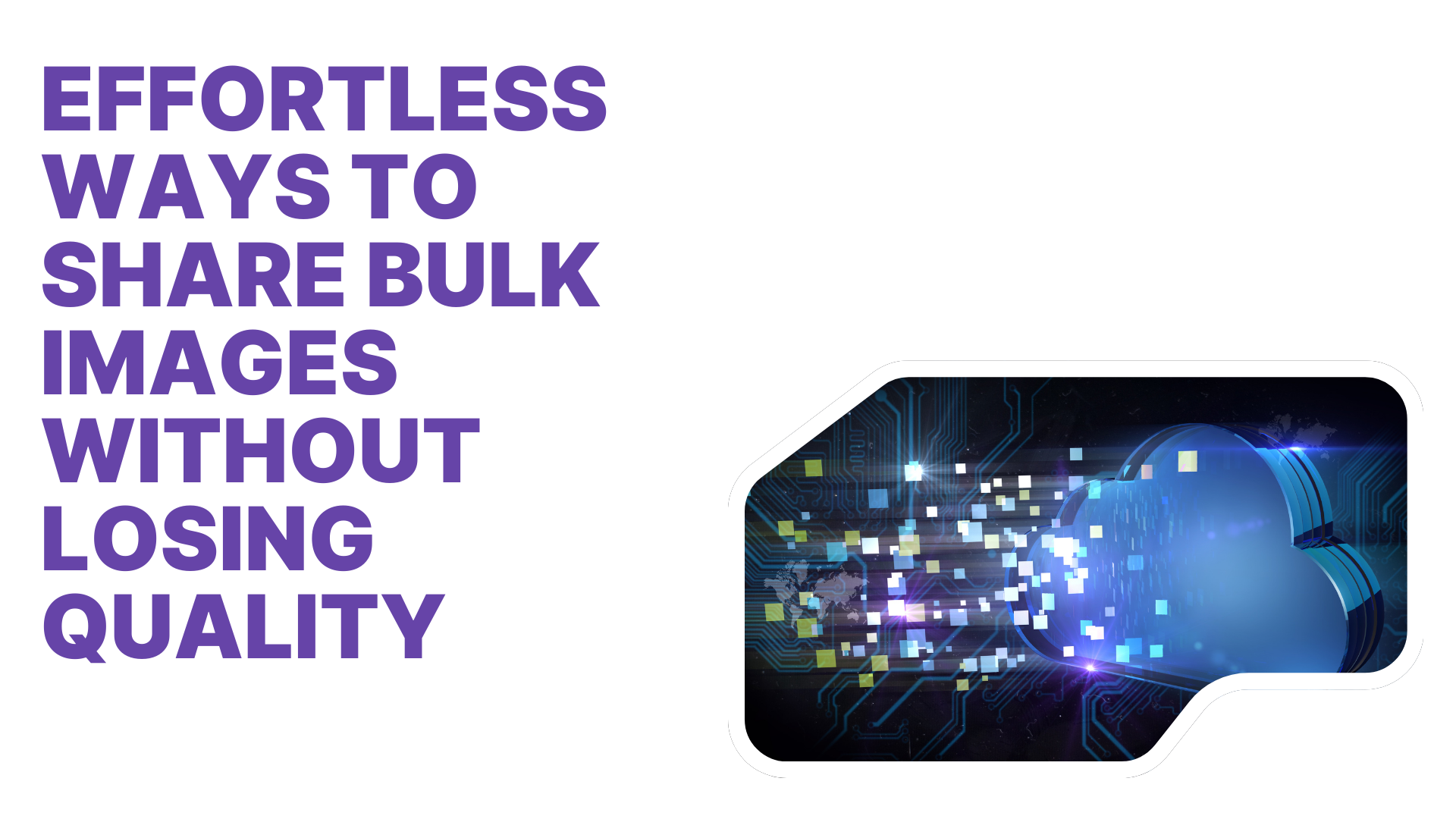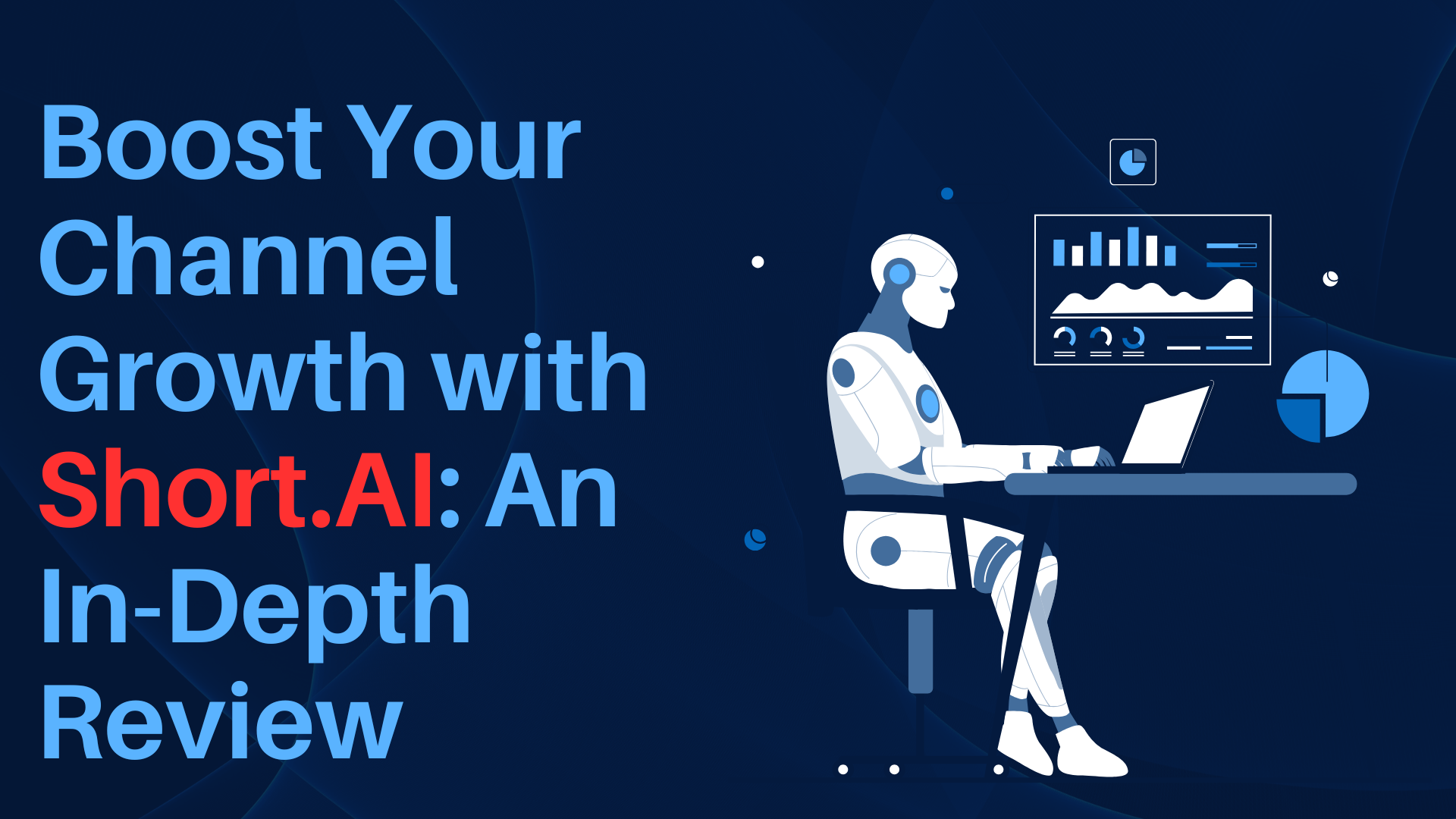In the rapidly evolving landscape of digital marketing, understanding your customers is paramount. A Customer Data Platform (CDP) offers marketers the ability to collect, unify, and analyze customer data from multiple sources, empowering them to create personalized experiences and drive effective campaigns. This comprehensive guide will delve into the essentials of customer data platforms, their benefits, key features, and how they integrate with modern marketing strategies.
What is a Customer Data Platform?
A customer data platform is a centralized system that consolidates customer data from various sources, including online interactions, purchase histories, and demographic information. Unlike traditional data management systems, CDPs provide a 360-degree view of the customer, enabling marketers to make data-driven decisions and enhance customer engagement.
Key Characteristics of CDPs
* Unified Customer Profiles: CDPs aggregate data from multiple touchpoints, creating comprehensive profiles that represent individual customers.
* Real-time Data Processing: CDPs enable marketers to access and analyze data in real time, allowing for timely decision-making.
* Segmentation and Targeting: With rich customer profiles, marketers can segment their audience based on various criteria, facilitating more effective targeting.
* Integration Capabilities: CDPs can connect with other marketing tools and platforms, enhancing overall marketing strategies.
The Importance of CDPs in Digital Marketing
In today's digital ecosystem, leveraging customer data effectively is crucial for successful marketing strategies. Here are several reasons why CDPs have become indispensable for marketers:
Enhanced Customer Insights
By centralizing customer data, CDPs provide deeper insights into customer behaviors, preferences, and trends. This allows marketers to tailor their strategies and create personalized experiences that resonate with their audience.
Improved Campaign Effectiveness
With detailed customer profiles and advanced segmentation, marketers can design targeted campaigns that drive engagement and conversion. By reaching the right audience with the right message, the effectiveness of marketing efforts increases significantly.
Streamlined Marketing Operations
CDPs simplify the marketing process by integrating with various tools and platforms, enabling marketers to manage campaigns more efficiently. This streamlined approach reduces silos within organizations and fosters collaboration among teams.
Data Privacy Compliance
As data privacy regulations become more stringent, CDPs help marketers manage customer data responsibly. They provide tools for consent management and ensure compliance with regulations like GDPR and CCPA.
How Customer Data Platforms Work
Understanding the functionality of CDPs can help marketers leverage their capabilities effectively. Here’s a step-by-step breakdown of how CDPs operate:
Data Collection
CDPs gather data from various sources, including:
* Websites: Visitor behavior, page views, and interactions.
* Mobile Apps: User engagement and in-app actions.
* CRM Systems: Customer interactions, purchase history, and support requests.
* Social Media: Engagement metrics and audience demographics.
* Email Marketing: Open rates, click-through rates, and subscriber behavior.
Data Unification
Once collected, the data is processed and unified into single customer profiles. This involves:
* Data Cleansing: Removing duplicates and correcting inaccuracies.
* Data Enrichment: Enhancing profiles with additional information from third-party sources.
* Data Segmentation: Categorizing customers based on shared attributes and behaviors.
Data Analysis
CDPs provide analytical tools to extract insights from the unified data. Marketers can analyze customer trends, behaviors, and campaign performance, helping to inform future strategies.
Activation
Finally, the insights derived from CDPs can be activated across various marketing channels. This includes:
* Personalized Email Campaigns: Sending tailored messages based on customer preferences.
* Targeted Advertising: Utilizing segmentation for precise ad targeting on platforms like connected TV and OTT advertising.
* Website Personalization: Adjusting content dynamically based on user behavior.
Benefits of Implementing a CDP
The advantages of adopting a customer data platform are manifold. Here are some of the key benefits:
1. Personalization at Scale
CDPs enable marketers to create highly personalized experiences for customers across multiple channels. By understanding individual preferences and behaviors, businesses can deliver tailored content that resonates with their audience.
2. Increased ROI
By leveraging data to optimize campaigns, marketers can see higher returns on investment. Targeted campaigns are more effective, leading to increased conversion rates and ultimately, greater revenue.
3. Better Customer Retention
With insights from CDPs, businesses can identify at-risk customers and implement retention strategies. Personalized outreach can help re-engage customers who may be considering leaving.
4. Enhanced Collaboration
CDPs break down data silos within organizations, allowing marketing, sales, and customer service teams to work from a unified source of truth. This collaboration leads to more cohesive strategies and improved customer experiences.
Choosing the Right Customer Data Platform
When selecting a CDP, marketers should consider several factors to ensure they choose a platform that meets their needs:
1. Integration Capabilities
A good CDP should seamlessly integrate with existing marketing tools, including email marketing software, CRM systems, and analytics platforms. This ensures a smooth flow of data and enhances overall functionality.
2. Scalability
As businesses grow, their data needs evolve. A scalable CDP can accommodate increasing data volumes and complexity, making it a long-term solution.
3. User-Friendly Interface
An intuitive interface is essential for marketers who may not have technical expertise. A user-friendly CDP allows teams to easily navigate the platform and leverage its capabilities without extensive training.
4. Customer Support
Reliable customer support is crucial for troubleshooting and optimizing the use of the CDP. Look for vendors that offer comprehensive support options, including training and ongoing assistance.
Implementing a Customer Data Platform
Once you’ve chosen a CDP, the next step is implementation. Here’s a structured approach to ensure a successful rollout:
1. Define Objectives
Clearly outline the goals you want to achieve with your CDP. This could include improving customer segmentation, enhancing personalization, or streamlining marketing operations.
2. Gather Data Sources
Identify all relevant data sources that will feed into the CDP. This may include web analytics, CRM data, social media metrics, and email engagement statistics.
3. Data Migration
Ensure a smooth transition of existing customer data into the new CDP. This may involve data cleansing and mapping to ensure consistency and accuracy.
4. Training and Onboarding
Provide training for your marketing team to ensure they understand how to use the CDP effectively. This includes familiarizing them with features like segmentation, analytics, and campaign activation.
5. Monitor and Optimize
After implementation, continuously monitor the performance of your CDP and make necessary adjustments. Regularly review insights and adapt marketing strategies based on data-driven findings.
Best Practices for Using a CDP
To maximize the effectiveness of a customer data platform, consider these best practices:
1. Prioritize Data Quality
Regularly audit and clean your data to maintain accuracy and reliability. High-quality data is essential for making informed marketing decisions.
2. Foster a Data-Driven Culture
Encourage teams across your organization to rely on data insights when making decisions. A data-driven culture can enhance overall business performance.
3. Leverage Advanced Analytics
Utilize the analytical capabilities of your CDP to uncover hidden insights. Advanced analytics can reveal patterns and trends that inform marketing strategies.
4. Stay Compliant
Ensure that your use of customer data complies with relevant data privacy regulations. Implement consent management processes to safeguard customer information.
The Future of Customer Data Platforms
As technology continues to evolve, so too will the capabilities of customer data platforms. Emerging trends to watch include:
1. Increased Focus on Privacy
With growing concerns over data privacy, CDPs will likely incorporate enhanced privacy features to help businesses comply with regulations while still delivering personalized experiences.
2. Integration with AI and Machine Learning
The integration of AI and machine learning will enable more advanced analytics and automation within CDPs, allowing marketers to predict customer behaviors and optimize campaigns in real time.
3. Enhanced Cross-Channel Marketing
Future CDPs will likely offer even more robust capabilities for managing cross-channel marketing efforts, allowing for a truly unified customer experience across platforms like connected TV, OTT, and traditional media.
Conclusion
A customer data platform is a powerful tool for marketers seeking to harness the power of customer data in a strategic and effective way. By unifying customer information, enabling personalized experiences, and driving data-driven decision-making, CDPs empower marketers to excel in today's competitive digital landscape. Embracing a customer data platform can significantly enhance your marketing efforts, leading to improved customer engagement and increased ROI.

















Post Comments